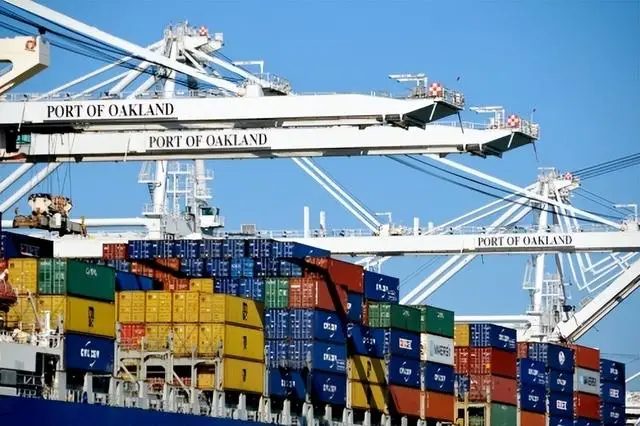In the autumn of 2025, the US took action against China again. This time, it wasn't targeting common electronic components, but rather directly targeting China's shipbuilding industry.
On October 4th, US Customs again targeted China, threatening to take action against Chinese ships. The action was set to take effect 10 days later, on October 14th. While seemingly a policy adjustment, it was actually a new move targeting Chinese manufacturing, this time shifting the battlefield from land to sea.
This incident caused a global sensation. After all, shipbuilding is no ordinary business. Many powerful nations originated from maritime transport, and it affects a country's maritime presence. The US's sudden move was driven by a deep sense of unease about the rapid expansion of China's shipbuilding capabilities.
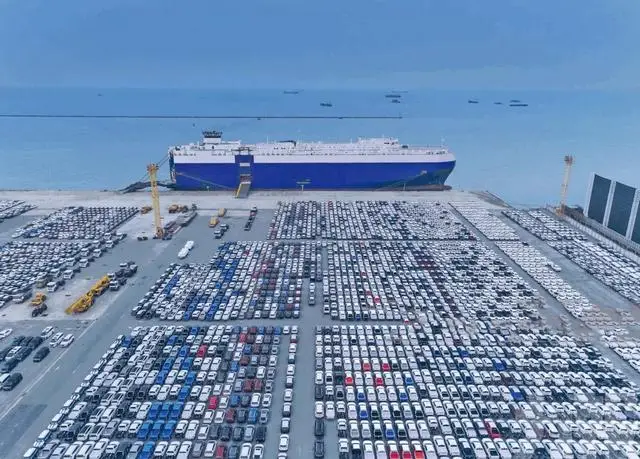
The US Customs has taken drastic action, but the gap is difficult to close.
In April 2025, the US began imposing obstacles on Chinese ships. This is a common US trade tactic, aimed at identifying "potential problems" and then finding a pretext for imposing tariffs. In early October, once the investigation concluded, the US immediately announced new regulations.
Specifically, the US plans to impose tariffs on Chinese-made and Chinese-operated ships, particularly those carrying large quantities of automotive goods.
This suggests that the US isn't targeting a single company; it's targeting the entire Chinese shipbuilding industry. This isn't a simple "trade friction," but a direct attack on the foundations of China's maritime logistics system.
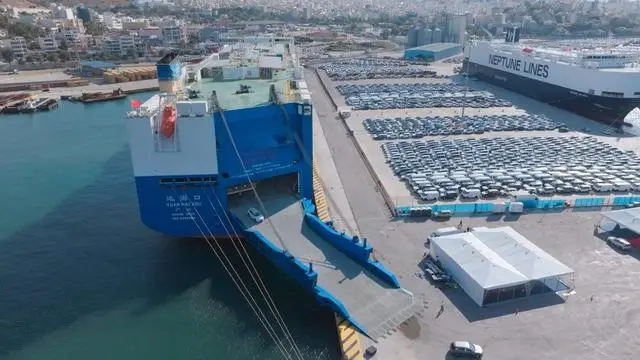
The US's reason for this move is simple: fear. What is it afraid of? It's fear that China's shipbuilding industry will become too strong, so strong that it poses a substantial threat.
Over the past few decades, American manufacturing has become a bubble. The vast majority of commercial ships are either imported or outsourced. Meanwhile, Chinese shipyards are expanding one after another, delivering ever-faster ships and improving their technology. If this continues, the foundation for the US's global maritime leadership will be shaky.
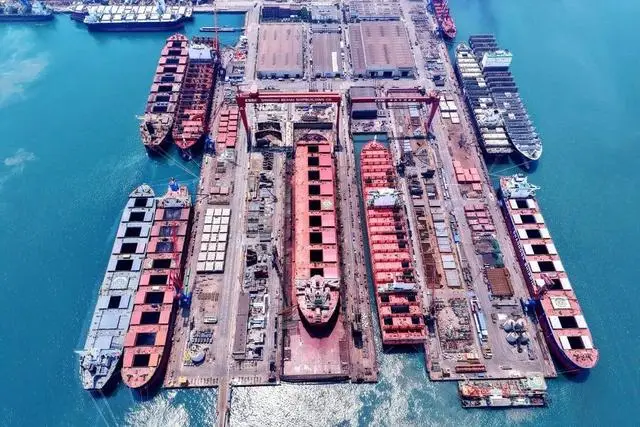
In reality, the US's actions aren't intended to blockade China globally, but rather to leverage this capital to inflict some cost penalties on China. Is your ship Chinese-made? Then you'll have to pay more to dock. If you don't want to pay, you'll have to take a detour or simply avoid the port.
But the problem is, shipping isn't express delivery, and changes can't be made at will. Chinese-made ships are already widespread, and many have long been integrated into international shipping routes. Making these ships "disappear" with a simple tariff is not so easy.
The US wants to save itself, but it probably lacks the confidence.
From the US's own perspective, it's certainly not entirely without reason. Its shipbuilding industry has long been in decline. If it wants to recover, someone must "make way." The most direct way is to reduce China's advantage and make room for domestic companies.
US shipyards are currently inferior to those of Japan and South Korea. Even if the government invests, it will take years to see results. During this time, Chinese ships will continue to be built and operated.
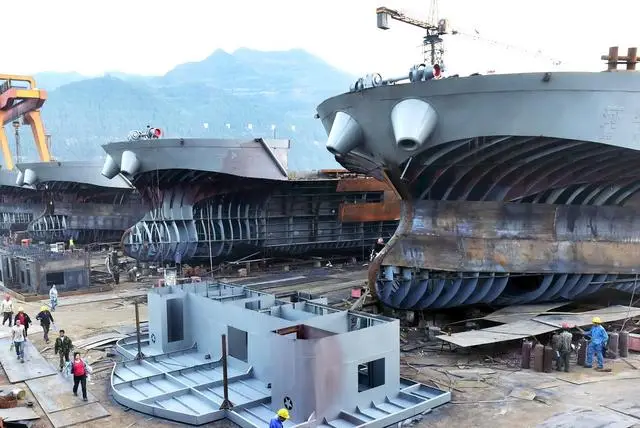
Thus, this US move is more of an emergency measure: "if you can't block it, then increase tariffs." Knowing it can't bring China down in the short term, it's better to inflict economic pain on China first to buy some time.
For China, this US move is indeed harsh. Some ships originally scheduled to dock in the US may have to reroute, and some orders may be adjusted due to rising costs. However, this does not mean that the Chinese shipbuilding industry will be devastated.
China's shipbuilding system is already mature, with a complete industrial chain, and it doesn't rely on a single market for its survival. Moreover, many shipping companies have long been accustomed to changes in international policies, and risk aversion has become the norm.
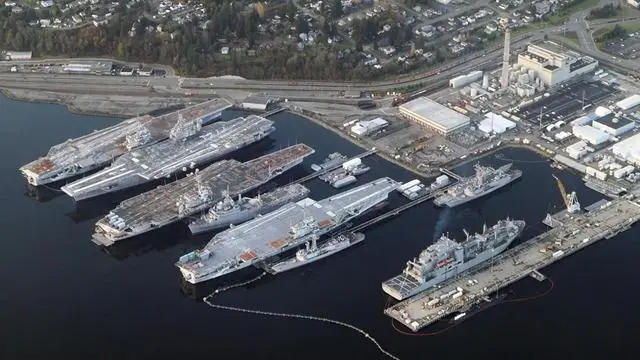
Most importantly, China can mitigate the impact of these policies through technological upgrades, market diversification, and registration optimization. For example, transferring ships to third-country registrations or adjusting routes to avoid high-tax ports are all feasible options.
But this doesn't mean we can remain indifferent, as the US's actions are likely not a one-off. If other countries follow suit with similar restrictive measures, the pressure on Chinese shipbuilders to obtain key components and technical certification will increase.
This requires China to maintain its advantage in shipbuilding volume while also working harder to improve its technology and reduce its reliance on external high-end components. China cannot rely solely on scale to dominate, but must also rely on quality to maintain its position.

The battle at sea isn't just about "who has more ships"
Many may ask, since the US isn't building much shipbuilding these days, what is it afraid of? In reality, the key isn't "shipbuilding" itself, but "maritime power."
In American thinking, a country must control sea lanes to be influential. This isn't just about warships, but also about merchant ships, as the majority of international trade relies on maritime transport. Whoever has a larger maritime presence, faster dispatch, and more stable shipments will enjoy greater business.
China's recent developments in global port deployment, shipbuilding, and shipping services have left the US feeling increasingly "out of control." This isn't to say the US has lost its position at sea, but rather that it increasingly finds itself unable to control the pace.
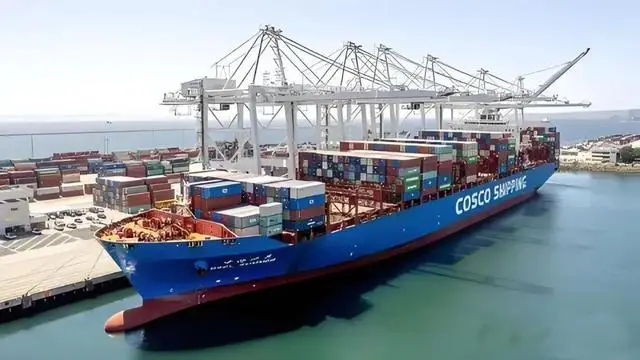
Hence, this tariff move is essentially an attempt to re-establish the rules, telling China: You can't profit globally and then call the shots on my doorstep.
But the reality is that maritime transport is no longer simply about who has the final say. It's built on efficiency, cost, and service capabilities. Reversing this trend with a single tariff is a challenge.
This "ship tariff" incident is just the beginning. It demonstrates that the United States has realized that traditional methods are insufficient to maintain its global dominance, and that it has no choice but to resort to continuous intervention. China, on the other hand, must also clearly see from this incident that future competition will no longer be a matter of single breakthroughs, but rather a systemic confrontation.
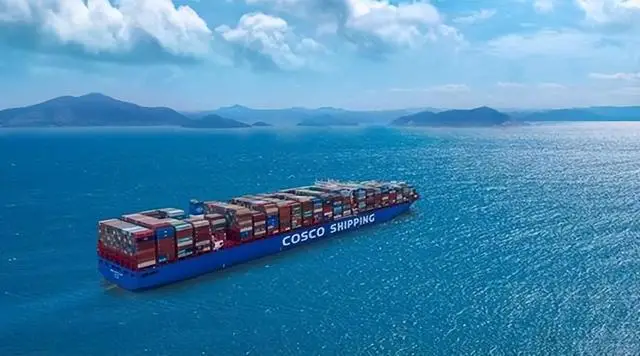
Shipbuilding is just the beginning; more sectors may be added to the "containment" list. However, as long as China is adequately prepared in terms of technology, markets, and policy responses, these challenges will not become a fatal blow.
This US policy may cause temporary dislocation, but it is unlikely to completely shake up the system.
It offers the world an opportunity for reflection.
The fluctuations in the shipbuilding industry are not just a matter between China and the United States. They serve as a reminder to all countries and companies that rely on global shipping: while industrial globalization brings convenience, it also carries risks. When the rules become unstable, those who can control key links will be more resilient.
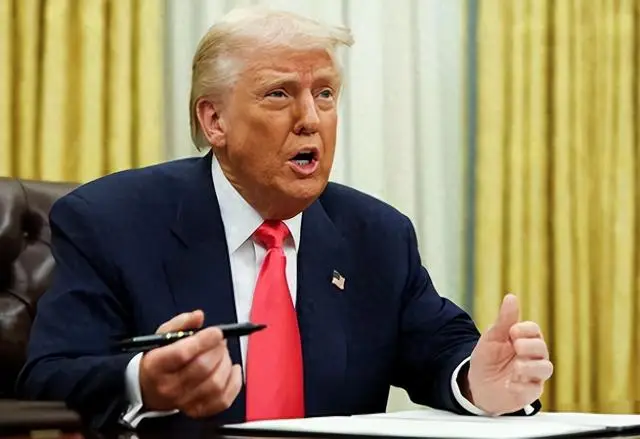
Future maritime competition will not only be a contest of numbers, but also a systemic confrontation. Those with a complete industrial chain, strong shipbuilding capabilities, and flexible response mechanisms will be more confident on the international stage.
The US's imposition of tariffs on Chinese shipbuilding is an attempt to change course, but the direction of shipping isn't determined by tax rates. The future is truly determined by industrial capacity, technological prowess, and global credibility. China's ships are still running, and orders are still being filled, indicating that the competition is far from over.
